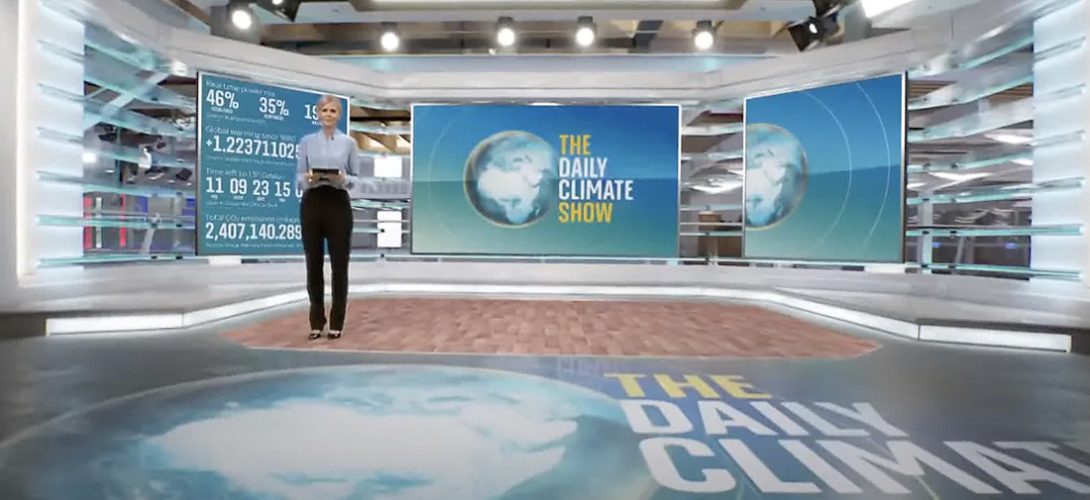Earth Day 2022 is upon us, and if you’re like us, topics like reducing your carbon footprint or making your home more energy efficient are top of mind. As you explore ways to make your life greener, you already might be getting help from an unexpected source: broadband.
There are over 80 million broadband subscribers and 43 million cable television subscribers in the U.S., and each requires additional technology, like modems, routers and set-top boxes to function. Broadband providers recognize that making these devices more efficient is critical to reducing a subscriber’s electric bill and carbon footprint, and providers continue to work with their hardware partners to save consumers money and reduce their impact on the environment. Let’s take a look at a few ways broadband providers are helping their customers go green.
Reducing carbon footprints with consumer-friendly tech
Thanks to joint agreements among service providers and technology manufacturers, which have been renewed through 2025, your home internet tech is running more efficiently than ever—and will only continue to improve. In fact, consumers have already saved $7 billion in energy bills while avoiding 39 million metric tons of CO2 emissions. And thanks to a tiered system of efficiency levels, the new agreement will reduce maximum power levels by approximately 43% on average from 2021 levels.
Complementing the set-box agreement, the Small Network Equipment (SNE) Voluntary Agreement, established in 2015, applies to internet modems, routers, and other equipment that deliver broadband service to over 85% of the residential market.
Together, these agreements will facilitate innovation and the timely introduction of new features, putting money back into consumers’ pockets and greening the economy at the same time.
Saving time and energy through remote work
When COVID threw millions of workers into a work-from-home environment in March of 2020, broadband was there to handle the increased demand. This network resilience was no accident but, rather, the result of $300 billion invested in infrastructure and networks over the last 20 years.
The success of the transition to remote work and school produced a significant reduction in emissions. In the United States, carbon emissions fell 11% in 2020 compared to the year before—the largest annual decrease on record. And with 61% of remote workers saying that they expect to work hybrid for the next year and beyond, with a further 27% expecting to be fully remote, the energy savings are here to stay.
While workers were adjusting to a new reality, cable operators and programmers were also busy making adjustments to increase energy efficiency at their facilities, through simple practices such as updating lighting and older equipment.
Television that Makes a Difference

In addition to infrastructure and the promotion of remote work, programmers are also increasing their commitment to climate-change-related programming.
- Sky News, for example, has launched The Daily Climate Show hosted by presenter Anna Jones—the first daily prime-time news show devoted to climate change. The daily, 15-minute program runs on the Sky News website and app, as well as YouTube and Twitter.
- Set to premiere this year is Oscar and Academy Award-winner Adam McKay’s series The Uninhabitable Earth. Based on David Foster-Well’s bestselling book about the perils of climate change, it will consist of stand-alone stories of possible futures that could result from planetary warming. The series will be hosted by HBO and HBO Max.
- National Geographic and Disney+ are also launching new programs for Earth Day. From following a rock climber to the top of a 1,300-foot Guyanese mesa to discover rare life forms, to following the exploits of a mother polar bear, you can learn more about Earth Day programming in our recent blog post.
A virtuous cycle of efficiency and speed
Through innovations in energy-efficient technology, the facilitating of flexible work and study options, and cutting-edge climate programming, the broadband industry is reducing our carbon footprint while at the same time enhancing our services. This virtuous cycle means faster broadband, reduced emissions, and a greener, more sustainable economy. To find out more about other actions the broadband industry is taking to drive sustainability from the corporate side, check out our recent blog post here.
